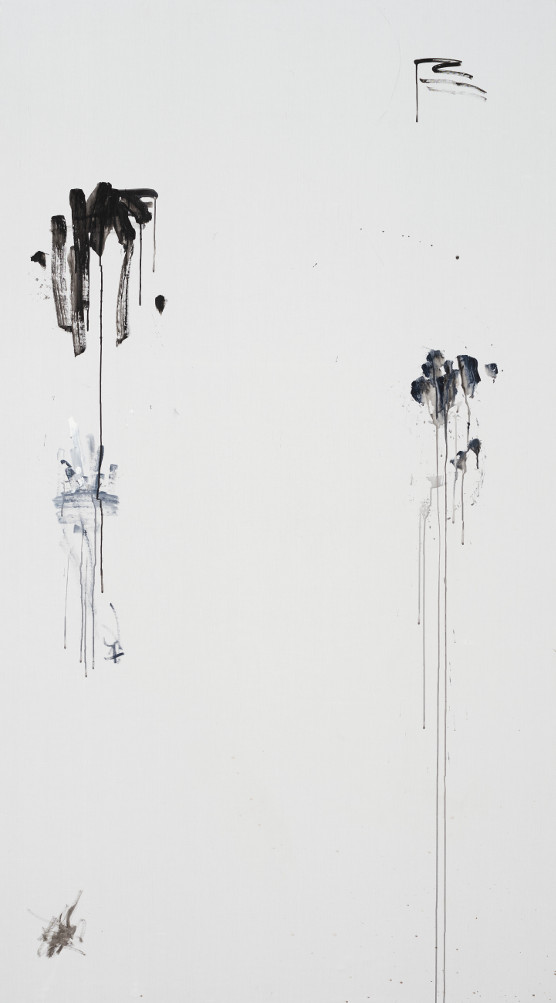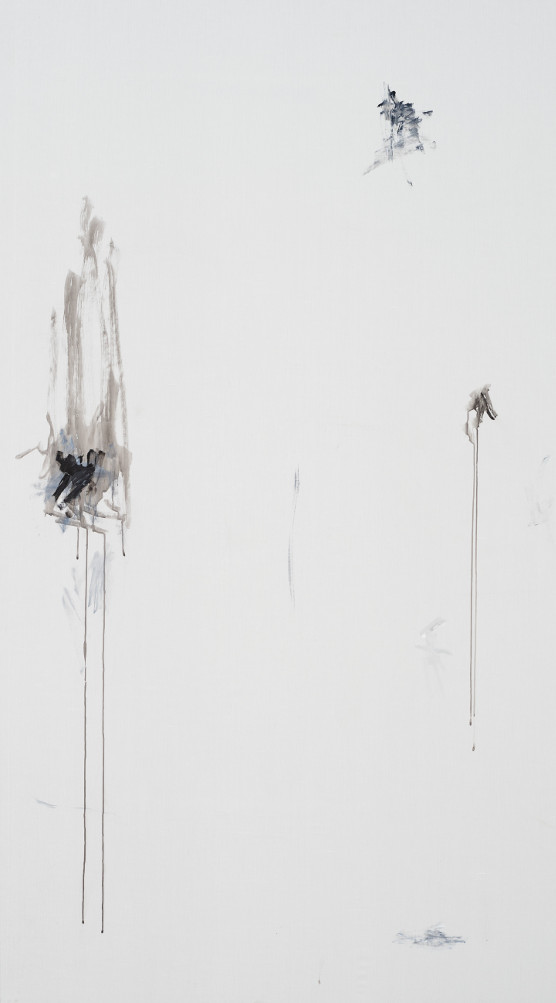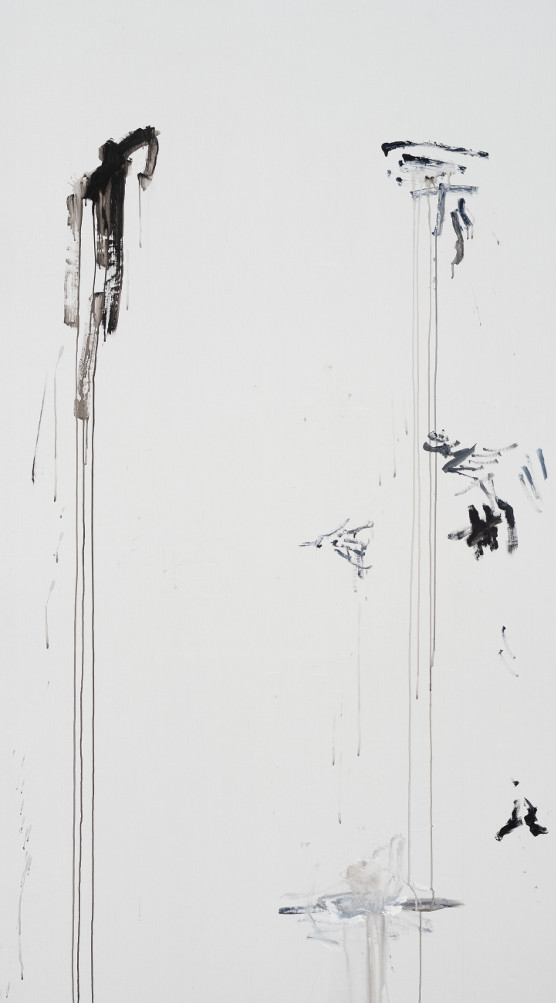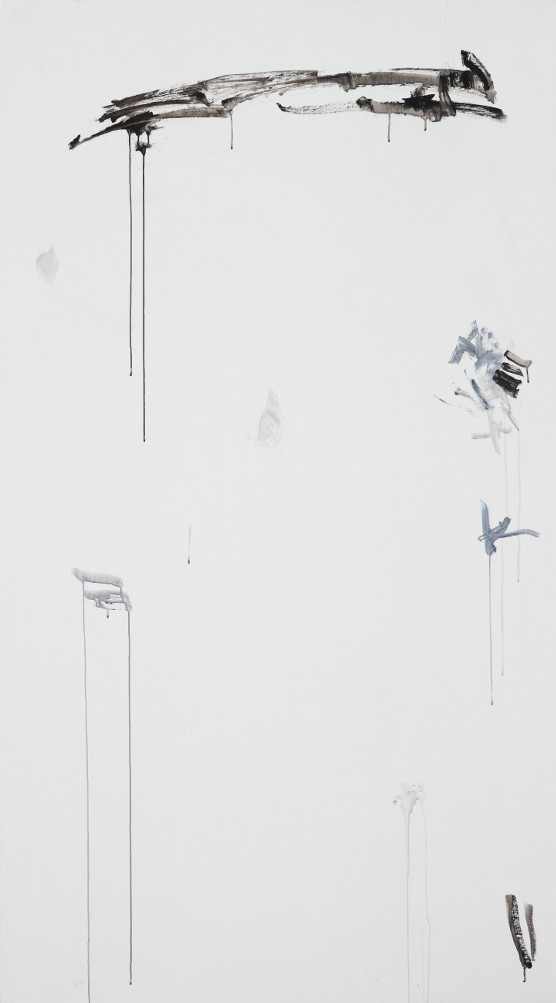In 1823, the United States adopted a policy of opposition to European colonialism in the Americas called the Monroe Doctrine. It stated that further efforts by European nations to take control of any independent state in North or South America would be viewed as “manifestations of hostility toward the USA.” However, in the last hundred years the American government itself intervened in democratic processes in Latin America on a number of occasions. In some cases, the American intervention was direct, that is it involved the use of military force or U.S. intelligence agents. In other cases, the interference was indirect, in other words, local actors performed the pivotal roles with support from the U.S. government. Such is the case of Operation Condor, a system implemented in the 1970s by the right-wing dictatorships of the South Cone of Latin America, with U.S. intelligence and military aid from the USA. The operation entailed political surveillance and the exchange of information, and involved the coordination of a scope of operations including kidnappings, torture, and the forced disappearance of political opponents.” Due to its clandestine nature, the exact number of deaths that can be directly attributed to Operation Condor is extremely controversial. The Fugue series proposes a reflection on the US interference in the governments of South America. The six abstract paintings below have a portrait on the back – invisible to the naked eye – of a woman and a child. Each of them are natives of one of the countries involved in the Condor Operation, namely Argentina, Chile, Uruguay, Paraguay, Bolivia and Brazil. The title of each of the paintings – Liliana, Nalvia, María Claudia, Apolonia, Domitila and Alceri Maria corresponds to the name of a woman who was persecuted, tortured or murdered by the military dictatorship in her country of origin.
Download the app
Liliana

In Argentina, a state coup staged in 1976 led to the military dictatorship commanded by General Jorge Rafael Videla, known as the “National Reorganization Process”, which resulted in the disappearance of roughly 30,000 people. Both the coup and the authoritarian regime that followed were avidly endorsed and supported by the U.S. government. Former U.S. Secretary of State Henry Kissinger undertook at least one official visit to Argentina during Videla’s administration, which indicates his complicity with the crimes being committed, including extrajudicial arrests, mass executions, torture, rape, the disappearance of political prisoners and dissidents, as well as the kidnapping of children of women imprisoned for political reasons or impregnated by continuous rape by their jailers.
Nalvia

The state coup launched in 1973 in Chile was a consequence of the long period of social unrest and of the political tension between the National Congress – controlled by the opposition – and socialist President Salvador Allende. This situation was fostered by an economic war imposed by the president of the United States Richard Nixon. The regime of General Augusto Pinochet, who rose to power thanks to the coup, became notorious for the disappearance of at least 3,200 political dissidents, for imprisoning 30,000 people – many of which were tortured – and having forced an estimated 200,000 Chileans into exile. The CIA, through Project FUBELT, also known as “Track II”, worked secretly firstly to thwart Allende’s inauguration, and then to establish the conditions for the coup that ousted him.
María Claudia

Juan María Bordaberry was elected president of Uruguay in 1971, amid social unrest and the insurgency of the Tupamaros. In order to annihilate militants and defuse heightened tensions, he plotted a coup against his own government in June 1973, dissolving Congress and suspending the Constitution. He then embarked on an implacable counter-insurgency crusade in which thousands of people were arrested, tortured and killed or went missing. The Office of Public Safety (OPS) in Montevideo, a division of the U. S. Agency for International Development (USAID), working closely with the CIA, supplied the police with the equipment, weapons and training for which it was created. The OPS instituted torture – a practice that was already used by the local police – as a routine measure and taught the Uruguayan military to inflict pain with scientific “refinement.”
Apolonia

General Alfredo Stroessner governed Paraguay between 1954 and 1989, after a coup d’état against the government of President Federico Chávez. The 35-year dictatorship was characterized by gross corruption, endemic abuse against human rights and systemic acts of violence against “enemies of the State.” Despite the fact that Washington was aware of the flagrant barbarities of Stroessner’s government, his inflamed anti-communist stance was sufficient for the Reagan administration to ensure that it maintained cordial relations with him, with a relatively clean conscience. Over time, Stroessner’s excesses – which included money laundering, contraband and drug trafficking, sexual offenses and human smuggling – gained international disapproval, becoming so explicit that even the Reagan government could no longer keep it hushed up.
Domitila

The American government worked arduously with the Bolivian right wing to plan the 1971 coup that brought Hugo Banzer Suárez to power, subjecting Bolivia to a period of ruthless repression. While the dominant elites controlled billions in foreign investment, 90% of the population lived in extreme poverty. In addition to endorsing the coup, the U.S. was responsible for the Bolivian dictator’s training at the School of the Americas, an institution of the U.S. Department of Defense then located in Panama, whose official objective was to provide “anti-communist counter-insurgency training.” The manuals used at the school – including the KUBARK – were released to the public by the Pentagon in 1996, providing details on coercive interrogation methods laid out by the instructors, which included torture, summary executions and disappearance techniques.
Alceri Maria

In 1964 the U.S. government authorized the deployment of a U.S. Navy task force to support the military coup against the government of João Goulart in Brazil. In December 1968, with financial and logistical support from the USA, the Brazilian government enacted the infamous Institutional Act Number 5 (AI-5), a provisional measure that legalized acts of censorship and torture in the country. After the 1964 coup, Brazil experienced various decades of right wing authoritarian governments The National Commission for Truth (CNV) listed a total of 434 deaths or forced disappearances during the military government. However, that’s only because the CNV’s report does not include the assassination of indigenous peoples, rural workers, inhabitants of peripheral areas and other vulnerable social sectors, all of whom were already invisible before “disappearing” in the hands of military agents, militias, and gunmen hired by landlords, or while working in national infrastructure projects, such as road building and the construction of power plants.